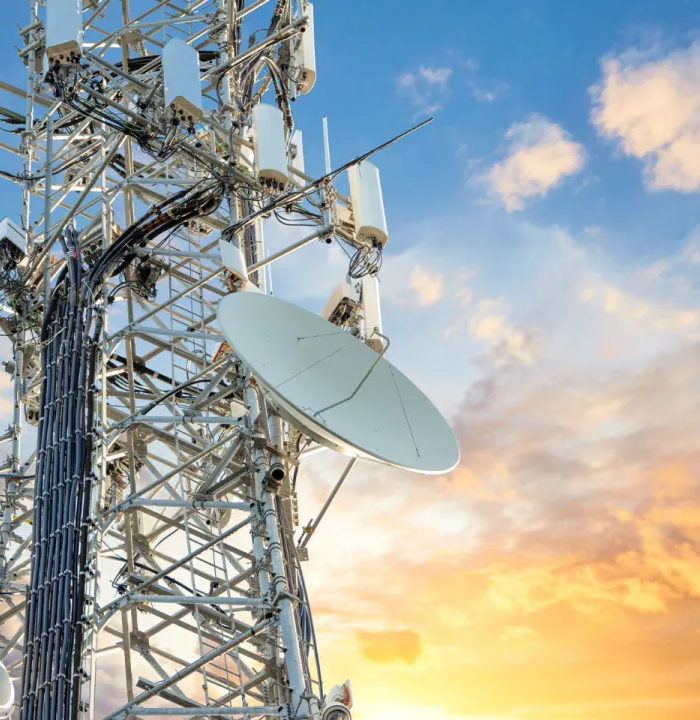
Fiberglass pultrusions are inherently electromagnetically transparent- wherein they can be readily penetrated by radio waves to enhance communication for cellphones and WiFi. For the future of telecommunications, the use of FRPs is easily projected to be highly beneficial.
With a great rise in urbanization and the importance of connectivity in our day-to-day lives, it is undoubtedly true that a cost-effective yet durable material like FRP stands as a great option for an efficient and sustainable future.
For any telecommunications project requiring a material that meets stringent technical specifications and is cost-effective, durable, and easy to manufacture, FRPs are an excellent solution.
There are numerous benefits to using FRPs in telecommunications, ranging from their technical performance properties to the benefits inherent in using FRPs for any project.
Reduced Attenuation of High-Frequency Signals
Low Resistivity
Electromagnetic Transparency
Aside from the inherent technological benefits to using FRPs in improving lines of telecommunication, there are numerous manufacturing and deployment benefits that come with pultruded products. These benefits are as follows:
Easy to Design and Manufacture
Products manufactured by the pultrusion process are well known for allowing a degree of design flexibility not possible with traditional materials. Additionally, pultruded products are derived from an automated, energy-efficient process used to manufacture products that can be easily and accurately replicated.
Lower Production Costs
Manufacturing pultruded products cost far less than parts made using molded FRPs and traditional materials. Because of this, when using pultruded FRPs more products can be manufactured or project budgets can be shifted to accommodate other phases of telecom development.
Lower Infrastructure Deployment Costs
FRPs are considerably lighter than traditional materials. This makes pultruded products easy and relatively inexpensive to transport as well as being far easier to deploy. Because of this, infrastructure deployment costs are significantly lower when using FRP composites like those manufactured at Tencom.
Lower Maintenance Costs
As well as their lowered production and deployment costs, maintenance costs are also significantly lower when using pultruded products. FRP composites are comparable in strength to steel and far more durable. They have an extremely high heat tolerance and do not corrode or degrade in extreme conditions. Because of this durability, there is a far lower replacement rate associated with FRP products and they don’t require nearly as much maintenance as products made with traditional materials.


